Australia So Much to See
The small shed (above left) was once known as McDowell House in recognition of Tom McDowell, the driving force behind the Forrestania
plots. Only this shed remains today and travellers have dubbed it The Forrestania Pub. A large flat clearing is sometimes
used by travellers for overnight unserviced camping (above right). Forrestania Plots is on the south side of the road, 64 kilometres
east of Hyden.
During the 1920s the Western Australian Government established 3500 farms stretching from the lakes around Hyden to the rich timber
country to the east. An area of 110 hectares was to be cleared on each allocation which proved very difficult in the timbered
land. The scheme was abandoned during the Depression of 1929-30.
In 1958 during the search for new farming land,
the Hyden Progress Association investigated the vast area of sandy land between the State Barrier Fence and Forrestania as new techniques
enabled this light land to be cropped.
George Burvill, Chief Plant Research Office for the Department of Agriculture selected this site for trial plots. Tom McDowell
from the Department of Agriculture was the Officer in Charge of these trials.
The Kondinin Road Board (the previous name
for what are now Shire Councils) supplied and erected the fencing, the Department of Agriculture provided seed, fertiliser and sundries,
and local farmers built the shed and contributed labour and machinery for clearing and cultivation. The Forests Department also
trialled growing trees, including the Rottnest Island Pine, some of which are still thriving (above right). A local contractor
sunk the dam and the roaded catchment.
From 1961 to 1967 various cropping trials were planted annually, with much of the
work and tillage equipment provided by local farmers. Annual field days were well attended by interested local farmers.
Monthly rainfall readings consistently exceeded those taken west of the barrier fence to the eastern end of the Forrestania
timber belt. Crop yields of several cereal and legume crops were on par with those from further west around Hyden. It
appeared that the area would be suitable for farming.
However a change in the State Government decreed that farming would cease
at the State Barrier Fence, so the plots were abandoned.
Camping (no fees)
Disappointment Rock, east side of Lake Johnston, pit toilet, small parking area.
Lake Johnston (see previous page), pit toilet.
McDermid
Rock (see previous page), pit toilet.
The Breakaways (see previous page), pit toilet.
Forrestania Plots (above), no facilities
We did not stop at Hyden this time, but continued southwards towards Lake Grace, deviating to re-visit Buckley’s Breakaway east of
Kulin,which I had seen the previous year, but my husband had not. This is a very impressive site, walking down into the unexpected
breakaway country, surrounded by bush and farmlands.
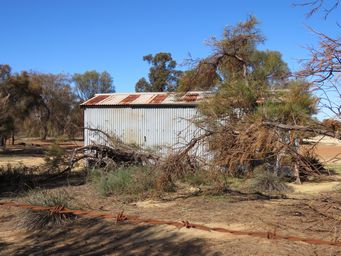
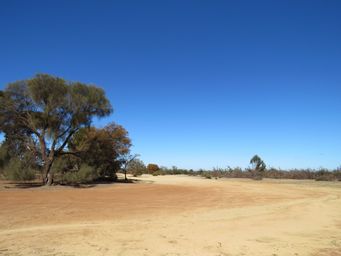
The Hyden-Norseman Road east to west
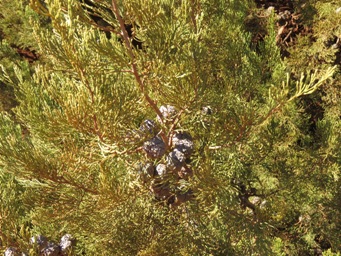
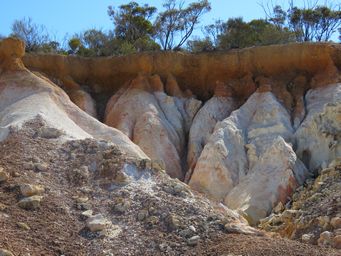
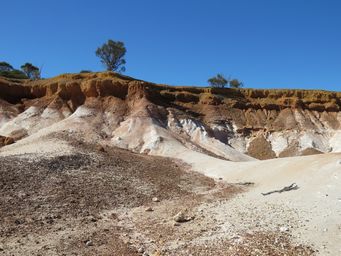
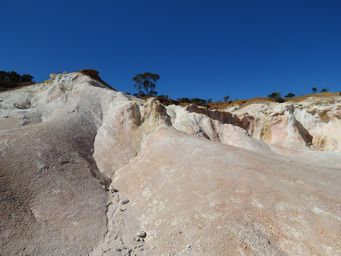
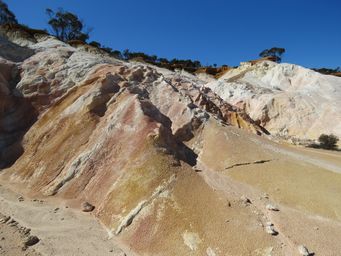
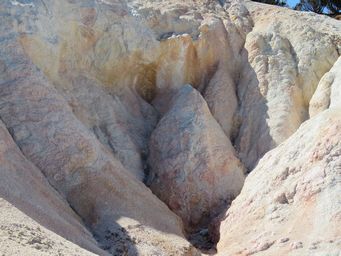
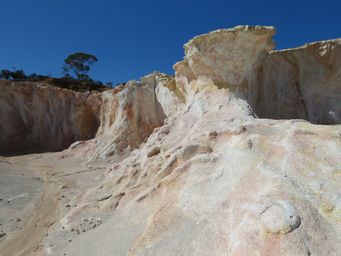
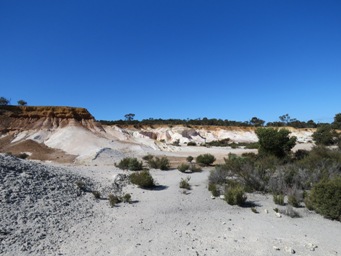
Resources
Signage at sites
When living at Lake Grace some years ago, we went on a picnic to a bushland area with a granite outcrop north of the town. It
appears to be what is now known as Jam Patch.
Located kilometres north of Lake Grace, the Jam Patch, named after the Jam
Trees (Acacia acuminata), is a 200 hectare bushland reserve which is ideal for birdwatching, wildflowers and picnics. There are three
nature walk trails:
Red Loop Trail - which is 1.8 kilometres and takes around 45 minutes. It passes through stands of salmon
gum, jam wattle and sheoaks, past granite outcrops and along the shore of the lake.
Green Loop Trail - is 2.5 kilometres and
takes around 90 minutes. It passes two granite outcrops and has some uneven, steep sections.
Blue Loop Trail - is 1.5 kilometres
long and takes around 45 minutes. It passes around the shoreline and passes saltbush and eucalypts while traversing the shoreline.
This
is also used as a camping area, with room for caravan. No facilities. There used to be an old can style bush toilet, but
that has long gone.